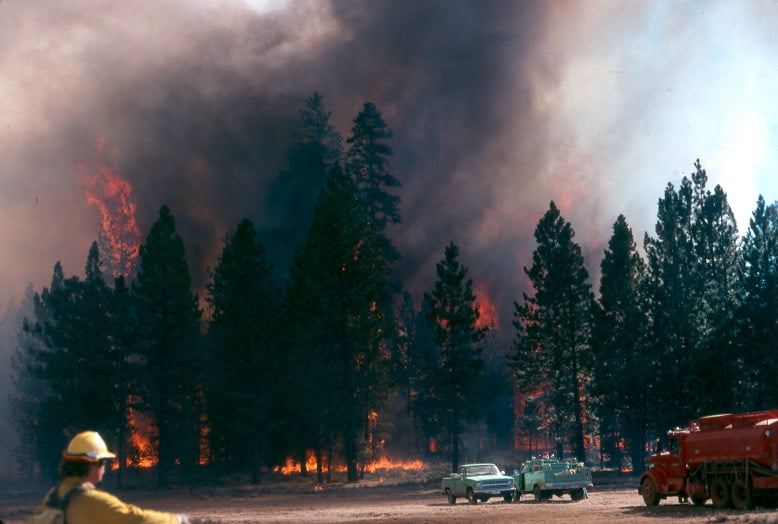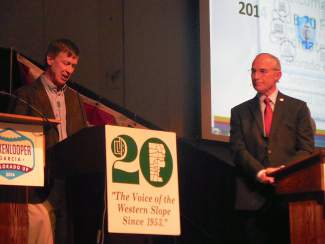A survey from the Union of Concerned Scientists included employees of CDC, FDA, FWS and NOAA.
A significant number of scientists (46 to 73 percent of respondents across agencies) reported that political interests at their agencies were given too much weight in their agencies. Many scientists told us that scientific decisions were being swayed by politics or that political influence inhibited their ability to carry out agency missions.
The Fish and Wildlife Service was at the 73% end of the scale where one employee said,
“It is my perception that upper-level managers are influenced by fear of Congress dismantling the Endangered Species Act and/or otherwise interfering with the mission of the Service.”
One would expect that this would eventually lead to litigation about not following the law (followed by Congress complaining about the plaintiffs and the courts).
Interesting that another question in the survey indicates that Congress is as guilty as advocacy groups are for slowing the ESA process down. While the Department of the Interior is credited with investing in scientific integrity, the Agriculture Department is singled out for not doing so.


